Cross Country: Summer
Beep Beep Beep
The sound of my alarm rudely wakes me up at 5:15 am to get ready for early morning practice.
Cross country is a fall sport, but the training never stops even for summer vacation. As my coach says, “Summer miles make for fall smiles.” It’s never a bad idea to get a head start on your training.
He’s not wrong. The early morning runs are completely worth it, and they really do help improve my performance before season starts at the beginning of the school year; even if it is absolute torture getting up so early.
I put on my clothes (shorts, an old race tee, with a hoodie thrown over) in complete darkness. The sun isn’t even ready for the day yet, how am I supposed to be?
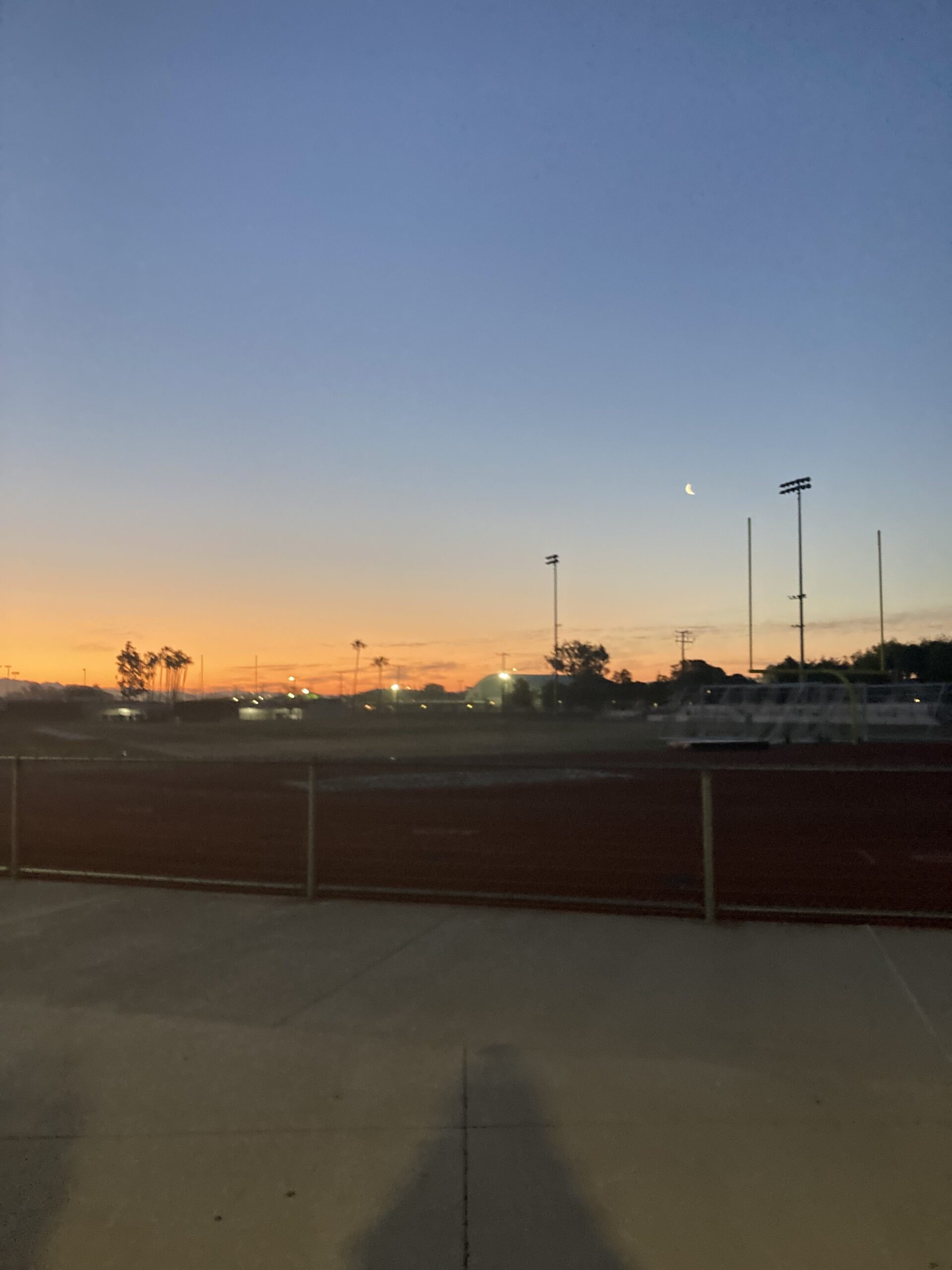
Running. Why do I even like running? When I tell “non-runners” that I went on an 8 mile run to “birds nest” (one of our cross country landmarks at Fairview Park), they raise their eyebrows, mouth open in complete surprise and wonder why anyone would willingly run that far.
When people ask that, I usually don’t know what to say. I settle for “I don’t know, it's just fun.” But in reality, there’s so many reasons I love running long distances.
When I’m running long distances, it gives me time to think and recharge. And as a naturally anxious person, it gives me an outlet to get out all of that nervous energy. Yes it’s hard. Running long distances requires a lot of patience and a “never quit” attitude. You are constantly pushing through fatigue and sometimes pain. But the sense of accomplishment and pride that comes with finishing a long run is irreplaceable. Not to mention the “runner’s high” you get.
So to sum up why I am willing to go to these early morning practices, it’s because I honestly love everything about cross country. The supportive friends it provides me with, the sense of purpose it gives me, being in nature, the confidence boost, the anxiety relief. It all makes running so worth it.
As I get home from practice at around 8:30-9:00 a.m., I get my day started knowing that I’ve already been so productive. There’s nothing more rewarding.
Cross Country: Fall Season
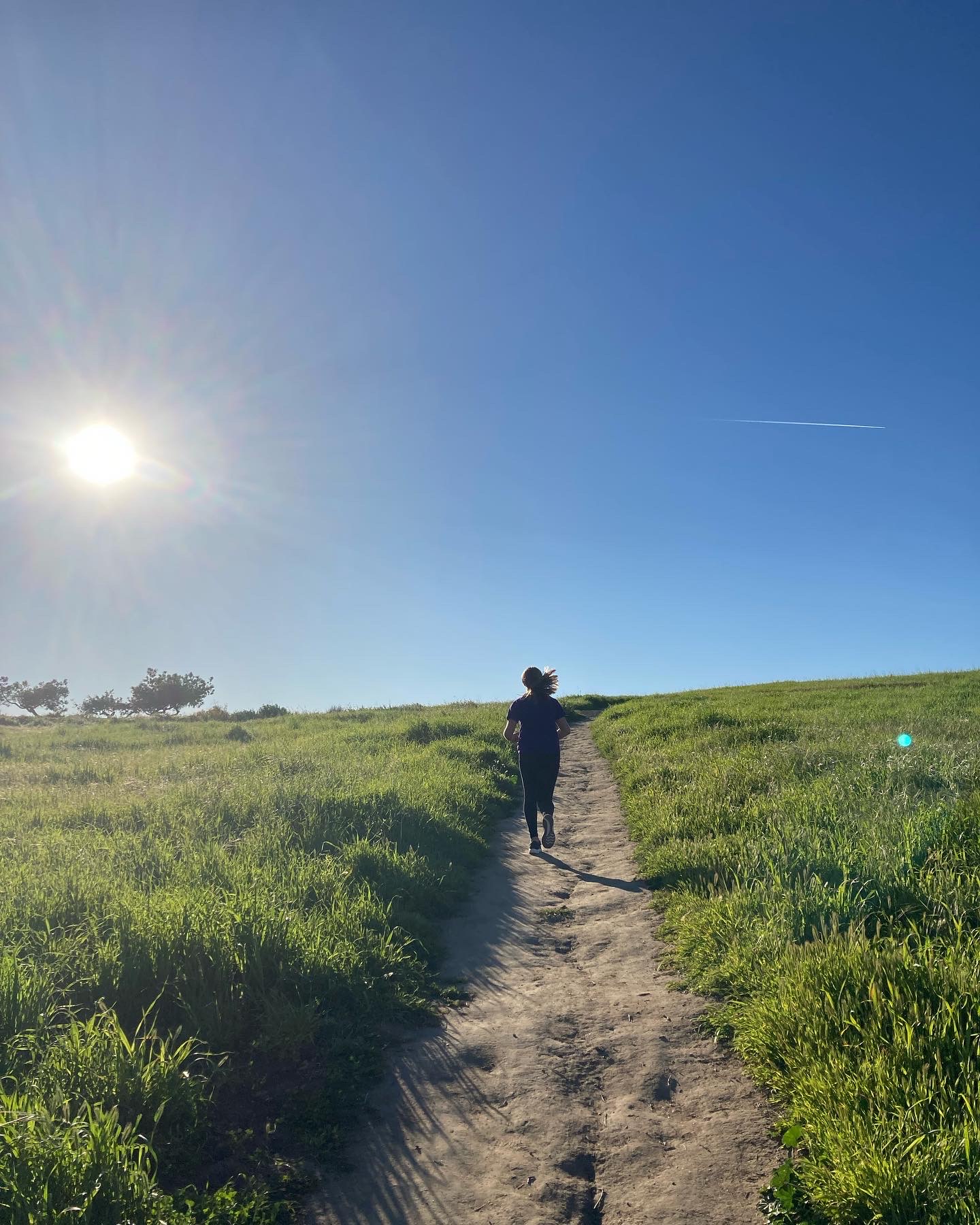
After a long day of classes, practice is the last thing most people would want to do. Admittedly, sometimes I wish I could just go home too. Get into pj’s and watch one of my favorite shows, “H2O Just Add Water.” Maybe eat some ice cream as well. But alas, practice is mandatory just like any other class.
It’s a normal part of being in any sport. The desire to just be lazy. But one of the great things about cross is that we have such an inspirational coach to keep us motivated.
Coach Moreno is always encouraging us and using positive reinforcement. Every practice he shares a “quote of the day” to inspire us to be the best we can be, in both running and in life. Instead of yelling and bringing us down, he helps us to become more confident in ourselves and what we are capable of. There’s never any negativity in cross country, or track for that matter.
Once we all meet up, practice usually consists of running to TeWinkle Park as the warm up, followed by stretching, agilities, and whatever run we have for the day.
Sometimes we stay at the park and do a workout there, like 800 meter hill loop repeats, for example. Other times we run to places like “Yellow House”, which is by the Back Bay. Every day is different. One of my favorite types of runs is called “Forest Loop” because we run on the grass and it has the shade of the trees.
Heat is something you come accustomed to being a runner. Practice and meets are usually very sunny and hot. Staying hydrated is key, especially at races.
Then there’s rain. I would rather it be hot than rainy. Cross country is an outdoor sport and we don’t stop just because of a little water. Blinking the raindrops off of your eyelashes, clothes soaked, and hair plastered to our faces, we run through it all.
Cross country makes us stronger people. Physically and mentally.
Race Days
On race days, we usually get out of class really early, letting us miss a whole day of school (woohoo!). Just kidding. I like school, but it is sometimes nice to get out for meets. Other times the races are on Saturdays, and we leave early in the morning. Cross country and 5:00am alarms are besties.
As the bus driver takes us to our destination for the invitational, I am either A) talking to my friend about whatever tea there is or B) sleeping. It is a good opportunity to get some rest before exerting all of my energy in a 3-mile race.
Once we get there, we all work together to set up the tent and organize our stuff. At this time, I make sure to use the restroom. However, at most meets it’s not an actual restroom; it’s porta potties. So glamorous (yes, I am being sarcastic). Sometimes they can be kind of gross, but it’s honestly not as bad as you think.
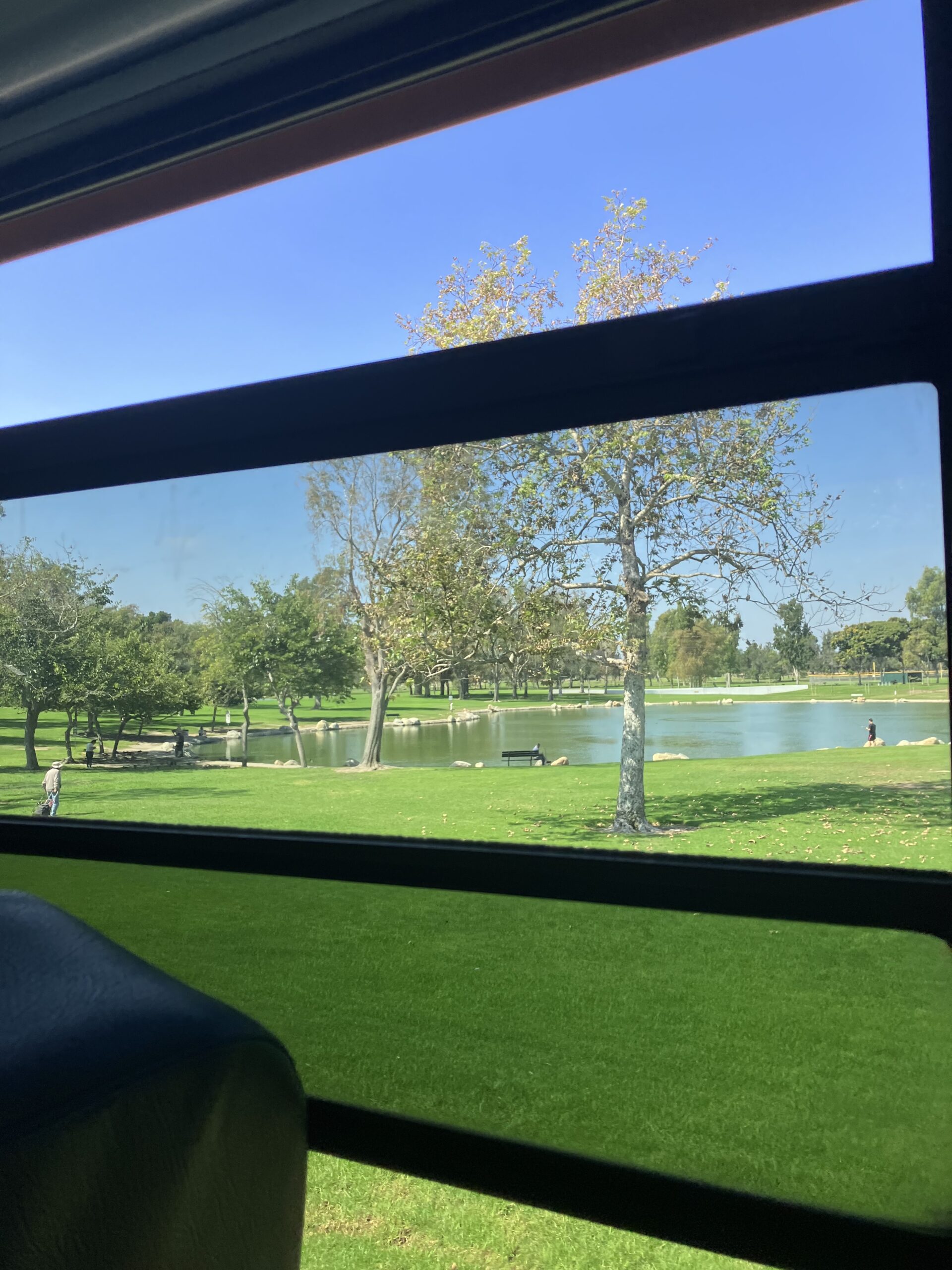
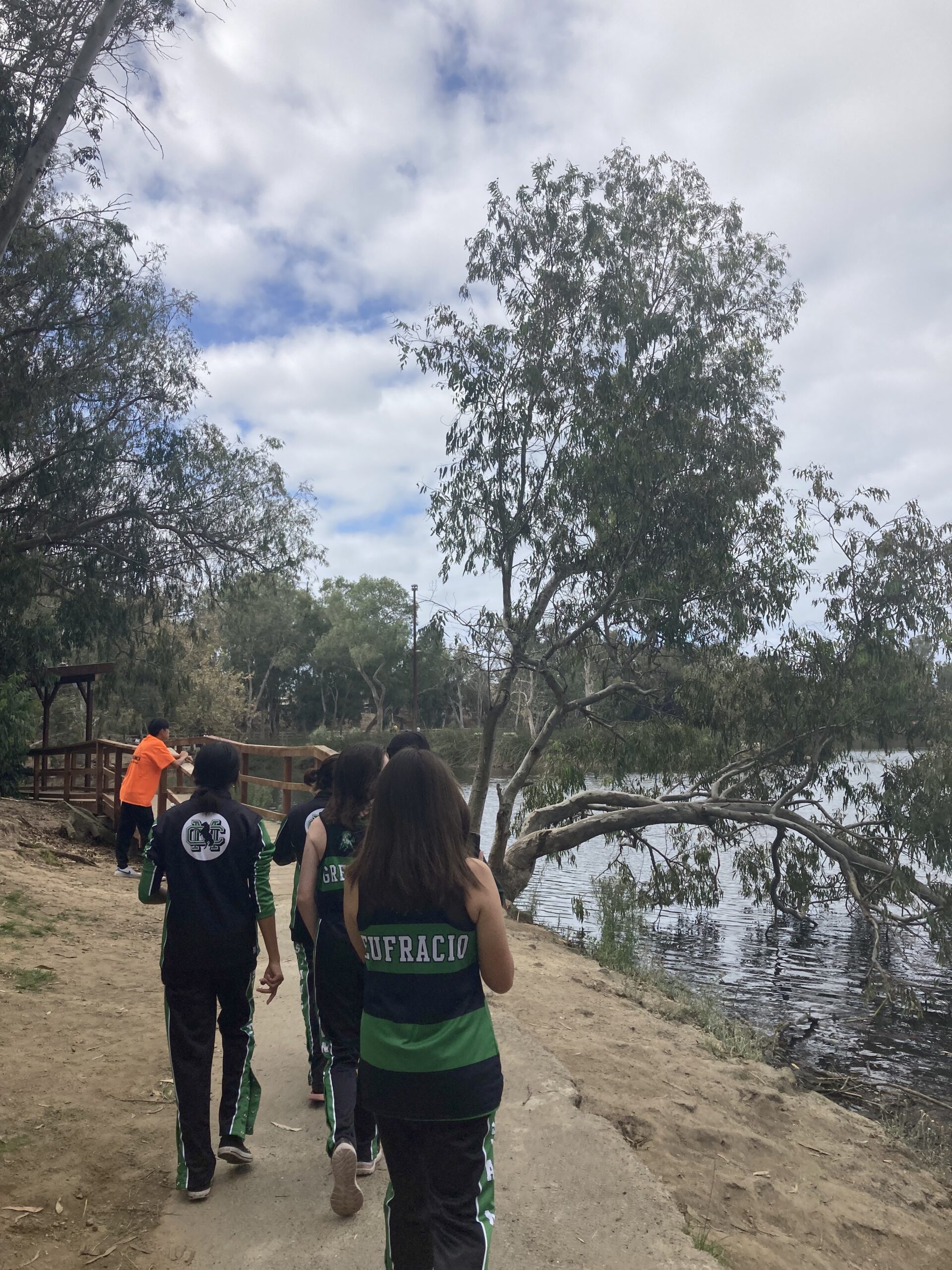
Then we walk the course to familiarize ourselves with it. Even though it is marked where to go using flags or chalk, they can sometimes still be a little confusing so it is good to explore it ahead of time.
A cross country race is 3 miles, including different kinds of terrain like dirt, grass, cement, gravel, hills, down hill, bridges, etc. Each course presents its own surprises which is one of the best parts. You are running in all different environments, not just on a treadmill in a sweaty gym.
After we’ve walked the course, warmed up, put on our number bibs and racing shoes, it’s race time. The nerves are at their peak at this time. Taking deep breaths really does help, but it’s still quite nerve racking those few minutes before the race. What helps me is remembering that everyone is in the same boat; they are probably nervous too. We all just want to get our best times.
Once that gun goes off however, the nerves settle and you just put one foot in front of the other. Some people are very focused when they run, but for me I usually have a song in my head that I sing over and over. Or I think about my dogs. Water. Food. My mandarin presentation that I have the next day. My mind is usually on anything but the race, which I guess is good because it distracts me from the pain. That strategy might not work for everyone, but some of my best races were ones where I didn’t overthink it.
When I can tell that I am near the end, I try to speed up a little. With the finish line in sight, I use whatever energy that is left in the tank and sprint as hard as I can. From here, it’s mental. Physically I am able to do it, but mentally I have to battle the thoughts telling me that I can’t breathe or that I’m too tired. Sometimes the thoughts win, but other times when I can push through the exhaustion, that sprint at the end can really pay off. Passing one person might determine whether I medal or not.

Medaling is a goal that I am always trying to reach. Sometimes it's the top 50 and other times only the top 10. It might sound silly, but thinking about the possibility of getting a medal is a big motivator. Pain is temporary but the reward is forever.
Getting a medal is such a nice feeling at the end of the race. It makes everything feel so worth it. However, part of racing is also dealing with disappointment. When you don’t get the time you wanted, or didn’t medal, sadness, anger, regret, and other feelings tend to come. Especially if you felt like you could’ve done better. Sometimes there’s happy tears and other times sad tears, but no matter what our teammates are always so supportive, cheering you on, giving you hugs, and just being there for all of the ups and downs.
Track & Field
There are a lot more people in track than in cross country. I think the reason it’s more popular is that many people don’t want to run distance and there is also so much variety in track. You can do sprints, distance, long jump, high jump, relay, shot put, discus, or hurdles. There are so many options so everybody can find an event that fits them.
My first year in track, I decided to do sprints, participating in the 4x100 relay, the 200 meter, and the 4x400 relay. Sprints are a totally different strategy than my usual distance running. Instead of pacing, it is more focused on getting a good start, having perfect form, and running as fast as you can. It was a nice change.
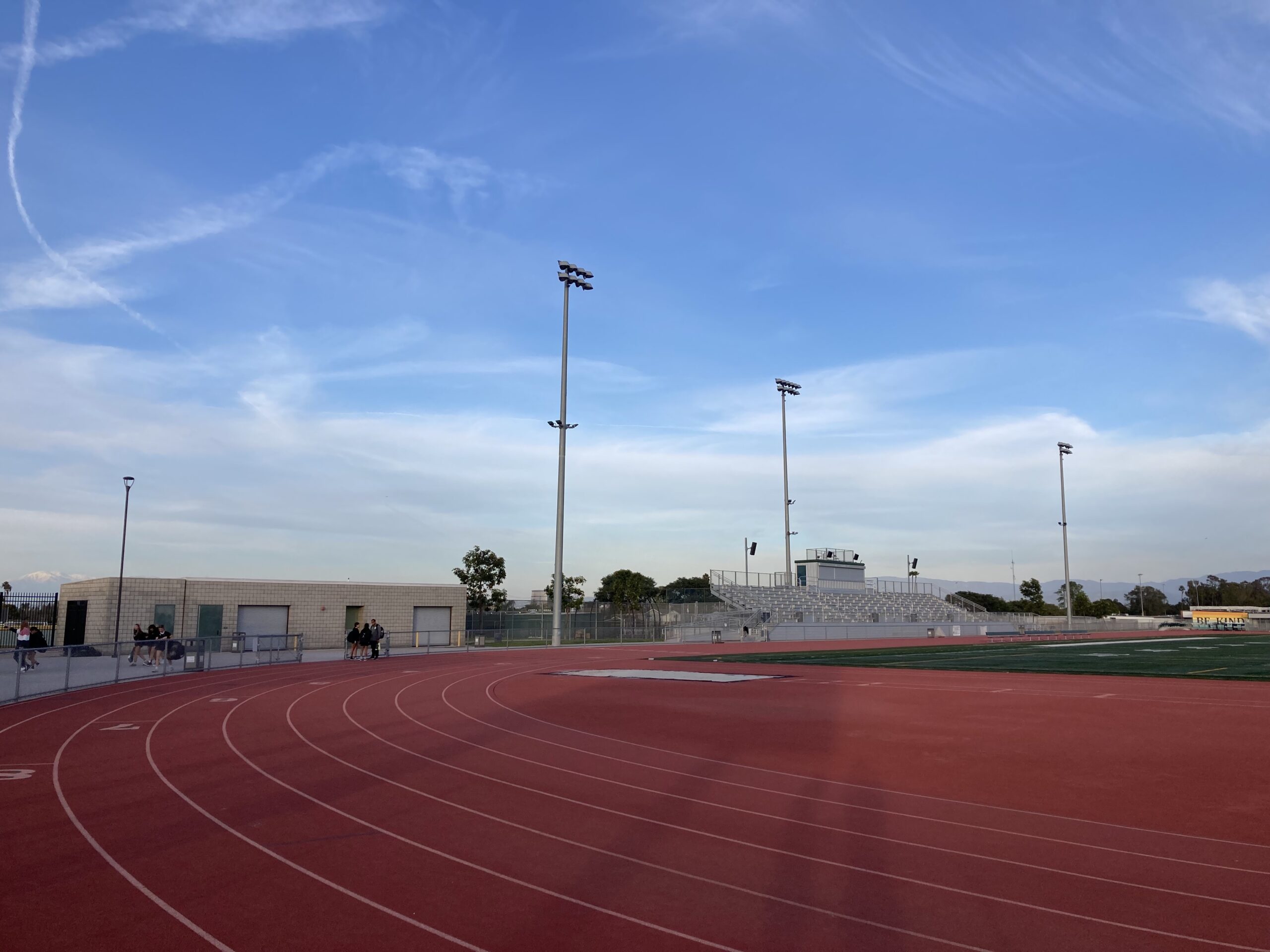

Then I remember one of the girls asking me to join the 4x100 relay. I had never done it before and was sure I wouldn’t like it. But eventually she convinced me to at least try it at practice and I ended up actually really enjoying it. This led to me also joining the 4x400 relay.
Being a part of relay is sooo much harder than it looks. The pass-off of the baton has a lot of skill involved. For the 4x100, getting a running head start, putting your arm behind you, the other person yelling stick while you have to grab it without looking. It took a lot of practice to really get it down and the fear of dropping the baton was always there. The 4x400 pass off is a bit easier but you still have to be careful to keep a good grip.
At races however, my worst fears of dropping the baton have not come true (yet). Working together with my 3 other teammates in relay is so fun because you get to warm up together and get nervous together and work together as a team to get our best time. It’s a group effort and we “stick” together through it all (pun intended).
This year I decided to do mid-distance, including the 400 meter, 800 meter, and the 4x400 relay. I wanted to do this to keep up my stamina from cross country. Even though sprints are really fun, I didn’t want all of the hard work in cross country to go out the window, and I actually ended up really loving mid-distance.
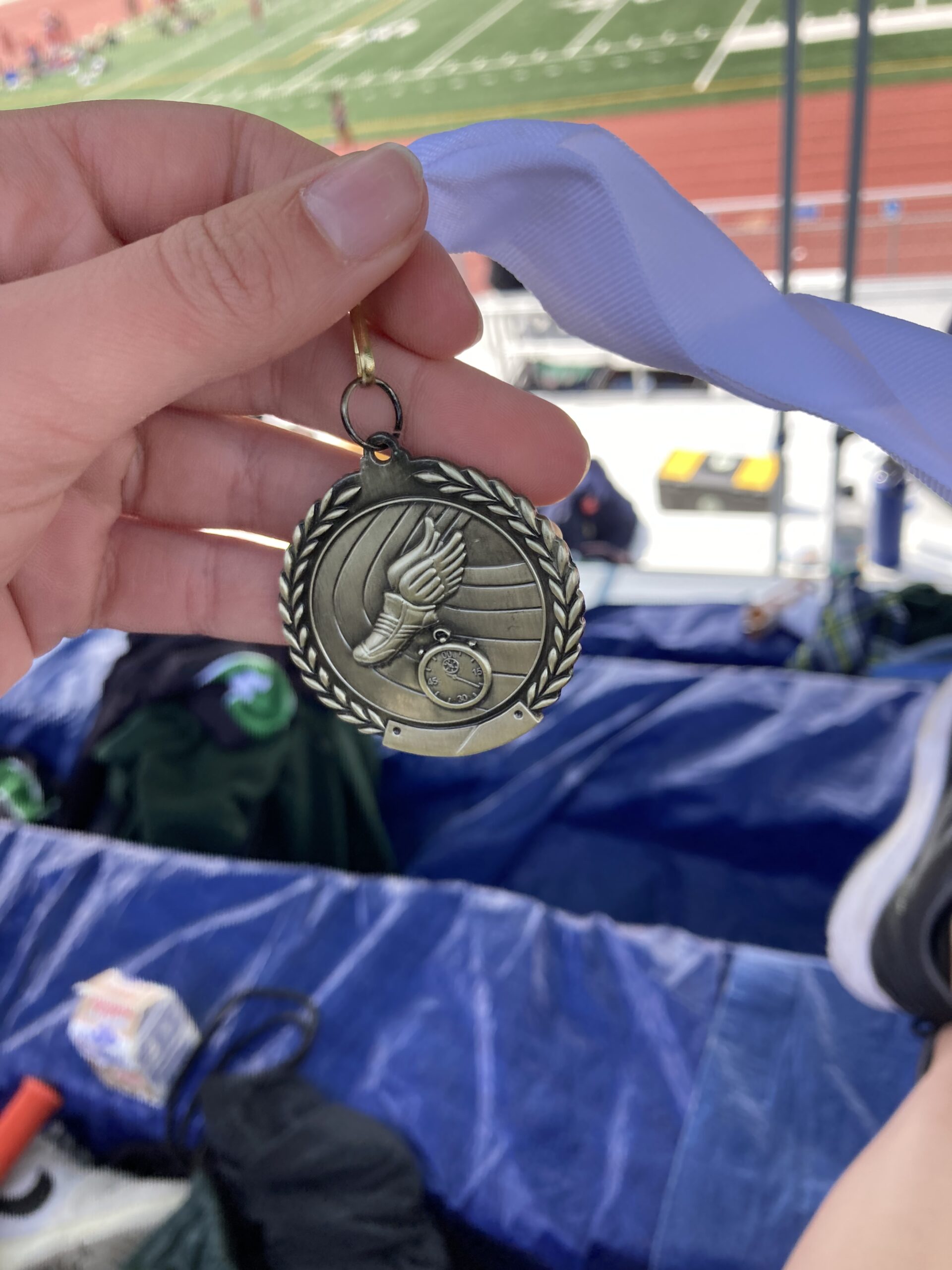
When running mid-distance such as the 400 meter, the last half of the race is the hardest. You start to cramp up and get noodly legs. Sometimes I can’t even really feel my arms at the end. Once you cross the finish line it is almost a guarantee that you will feel like you have to throw up. All 400 meter runners go through it. Yet somehow it’s really fun and I do it again and again every race. Maybe people are right when they call runners crazy…
Track meets usually involve us against one other school. These are called “dual meets.” Very different from the thousands of people at cross country meets. However, there are also optional invitationals on weekends that involve multiple schools. For those, we are there basically all day.
One of the cool things about track meets is the friends you make from other schools in our district. When you are in your lane about to race, people talk to each other, saying things like “good luck!” If there’s a longer wait, you might even talk about the race, or other topics. Then after the race your opponents often say good job or even maybe ask for your Instagram. Making new friends is one of my favorite parts about track meets. There are so many nice people!
Team Bonding
Something that both our cross country and track team does quite often is team dinners! Usually on nights before a race, we meet at one of my teammates’ houses and “carb load” together. Meaning, eating a ton of pasta, bread, and salad.
These get-togethers are a big factor in team bonding. Often we play games together like Charades or Uno or even make tie-dye shirts. We event went on a Target run!
Being part of a team, especially cross country or track, provides you with so many supportive friends.
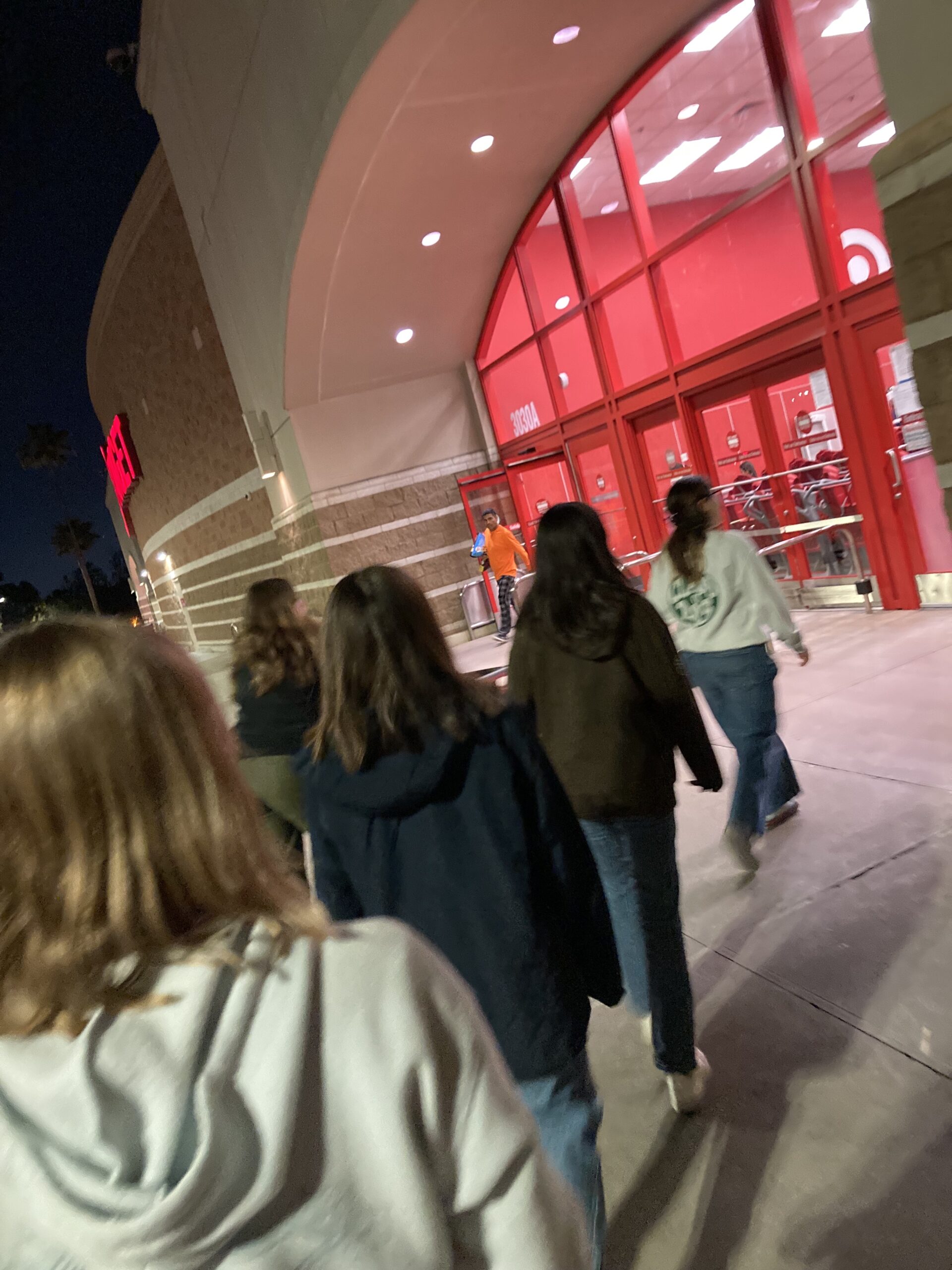
Injury
Something all of us cross country and track athletes have to go through is injury. Often as runners we get “shin splints” which are really painful. For me, the biggest issues I’ve had are hurt knees and a rolled ankle. Although injury is inevitable, it can really suck.
At the end of 9th grade cross country and for the whole track season that year, I struggled with horrible knee pain. In running, little aches and pains are normal and a part of daily life, but this was worse. Turned out to be something called “Patella Tendonitis” and “Osgood Schlatter.” It’s common for athletes. This led to my performance being impaired as well as my mental wellbeing. It’s such a let down seeing your teammates working hard and improving while you’re stuck where you are.
It’s important to remember that you are not defined by your running performance. I think a lot of athletes place self worth on their athletic ability, which is not an accurate reflection of who you are as a person. Just because someone has become faster than you doesn’t mean they are better than you. This is something I had to remind myself quite often during that time. It will pass, it might just take a bit of time, and in the meantime you don’t have to give up entirely. Being injured taught me that there are other forms of exercise that I like, including strength training at the gym, or riding my bike.
Although I was injured, I still raced despite the pain. Part of me is glad because I didn’t have to miss out on the season, however I wouldn’t recommend doing that. If I had to give a piece of advice to anyone with an injury right now it would be to be patient and let it heal. Don’t rush back into anything just because you feel guilty or think people will think you’re lazy. Healing is a priority and it’s only going to take longer if you keep trying to ignore the pain.
STUDENT Athlete

As a runner, you have to find balance between your sport and your academics. Although most of the time running is what occupies my thoughts, Coach Moreno stresses being a student athlete with “student” coming first.
When I get home from practice I usually do my homework right away before I shower and eat dinner. Being as productive as possible in class is very helpful in reducing the workload for after practice. The more you procrastinate, the harder it will get to juggle all of your responsibilities.
Time management is a must. I personally keep a calendar to organize my week and make time for everything that needs to be done to ensure the completion of all assignments. I highly recommend doing this as a student-athlete to reduce stress.
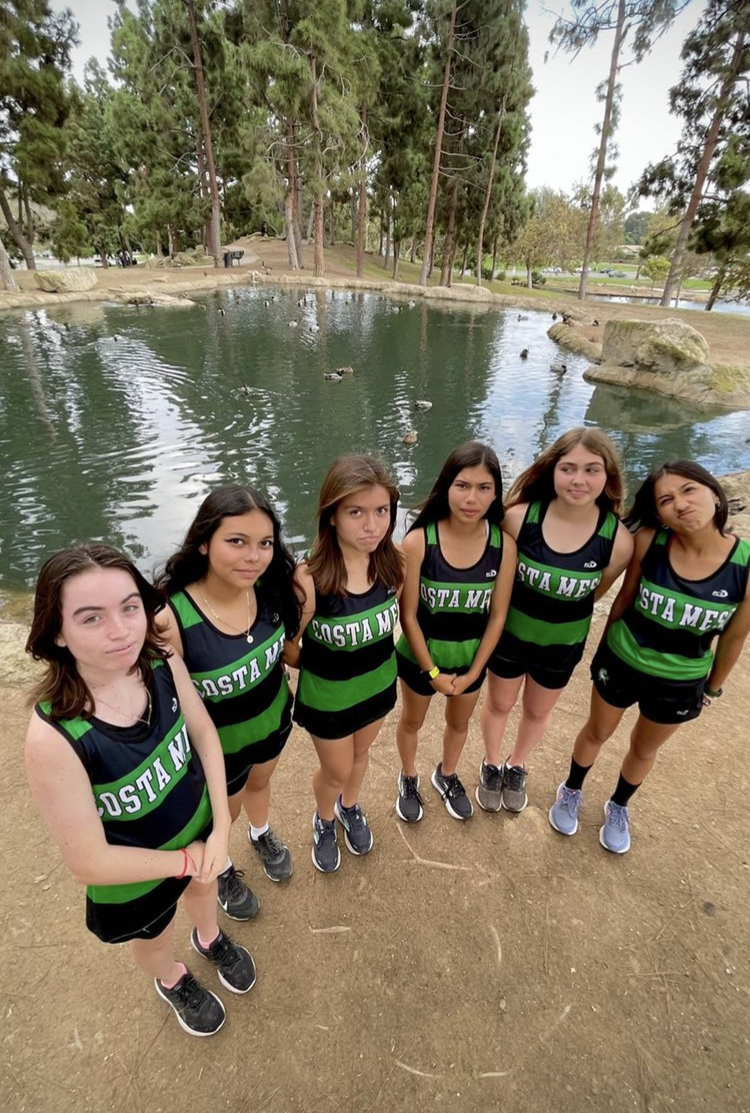
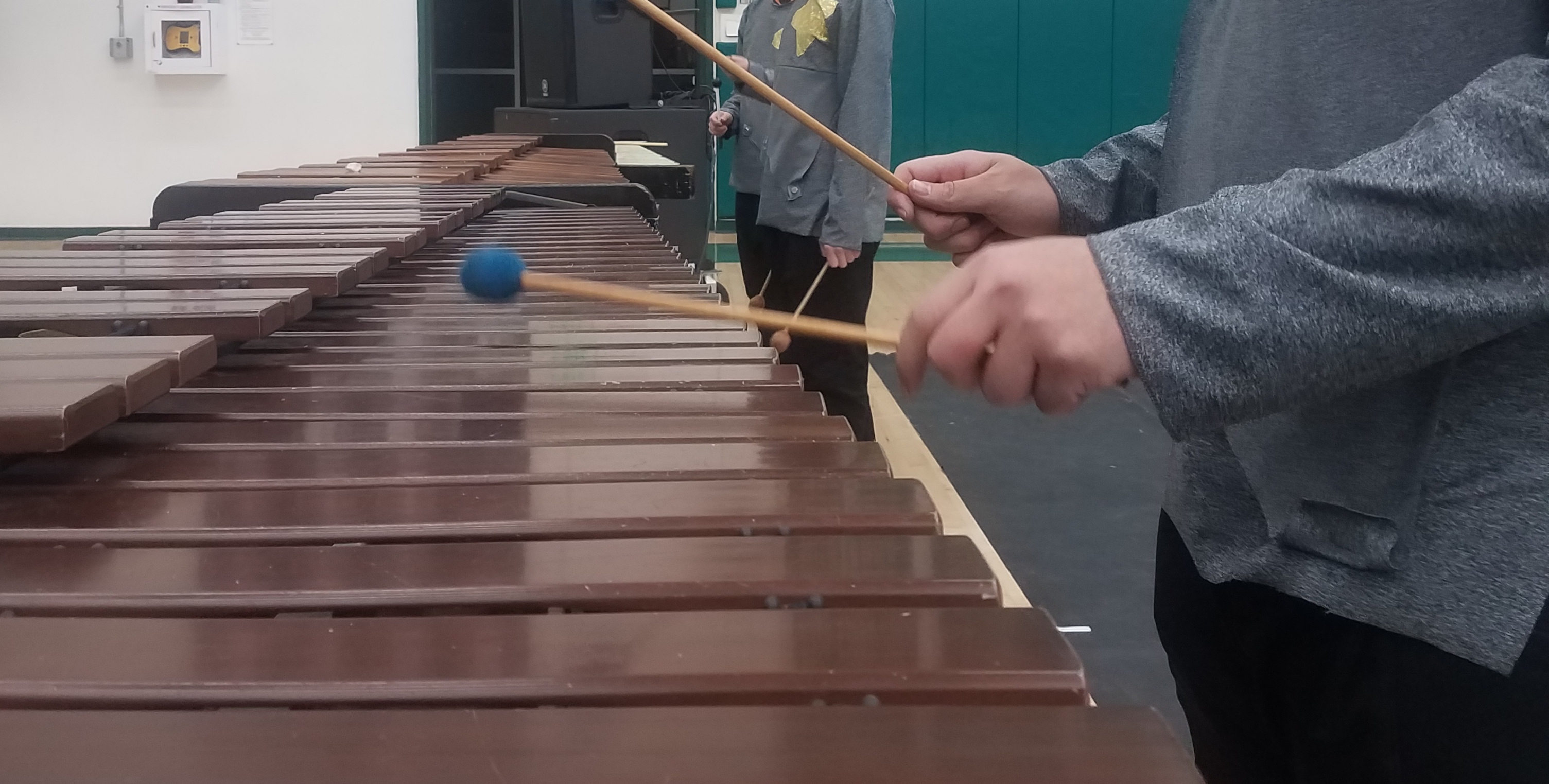


This post was not only an entertaining read, but visually appealling aswell! Loved it!
Thank you Jason! 🤩😻🏃♀️